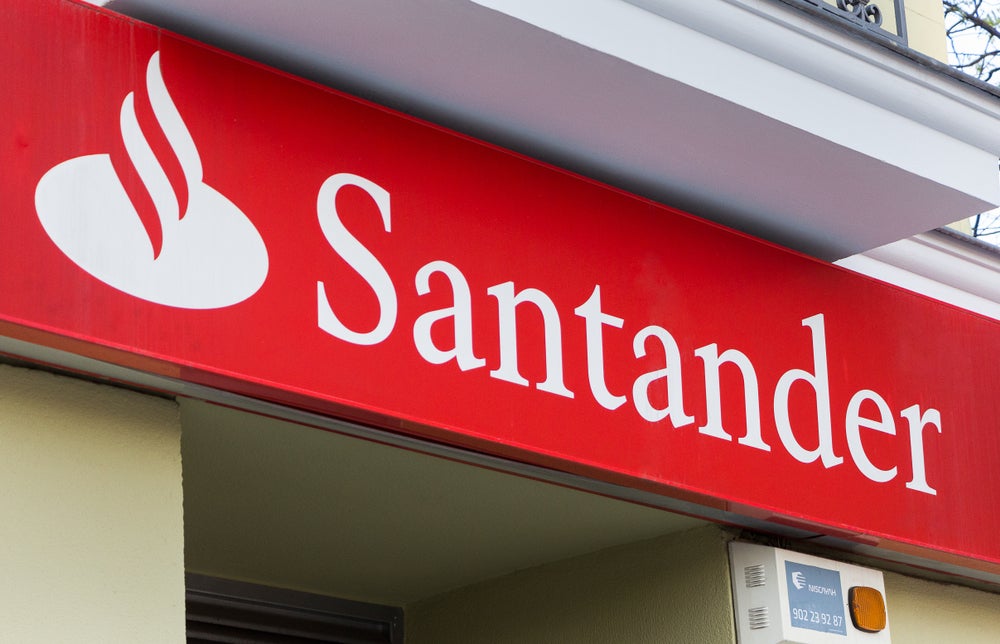the US shows no sign of slowing, its tentacles reaching to every
corner of the market for everything from mortgages to credit cards.
While small signs for a recovery appear to be emerging, the
consensus is for many more months of turmoil, particularly in the
consumer loan segments that drive retail banking.
In recent months, signs of weakness in the broader economy have
shown up in employment data, retail sales reports and, of course,
home sales reports. Consumer confidence has been diminished by a
steady rise in energy costs and the housing industry’s woes.
The credit card market is clearly feeling the pain of the
crunch. According to a report by ratings agency Moody’s, the
performance of the US credit card sector weakened during the first
quarter of 2008, but the declines have no immediate implications
for the ratings of credit card asset-backed securities.
“There is little doubt that the credit card industry is in the
midst of a challenging period and that collateral performance will
get worse before it gets better; hence our outlook for the industry
is negative,” Moody’s said. “Nonetheless, with excess spread at
near-historic highs, most of the security-issuing trusts appear
well positioned to withstand higher charge-off rates.”
In the first quarter of 2008 the charge-off rate on credit card
debt rose to 5.71 percent, surpassing its historical average of 5.5
percent, and significantly above its 4.49 percent rate of a year
ago.
Charge-offs to peak in 2009
How well do you really know your competitors?
Access the most comprehensive Company Profiles on the market, powered by GlobalData. Save hours of research. Gain competitive edge.

Thank you!
Your download email will arrive shortly
Not ready to buy yet? Download a free sample
We are confident about the unique quality of our Company Profiles. However, we want you to make the most beneficial decision for your business, so we offer a free sample that you can download by submitting the below form
By GlobalDataMoody’s said that charge-off rates are clearly on the rise and
could well surpass the peaks of just over 7 percent that followed
the recessions in 1991 and 2001. Assuming the economy begins to
recover in the second half of this year, Moody’s expects the charge
off rate to peak some time in 2009.
In the first quarter, the delinquency rate averaged 4.54
percent, its highest level since the first quarter of 2004. Moody’s
expects the payment rate to strengthen and then weaken again in the
coming months. The boost should come as some cardholders use their
economic stimulus cheques to pay down debts.
Despite these negative trends, the yield on credit card debt
remains robust, leading to healthy excess spreads that protect the
credit quality of securitisations. In the first quarter, yield in
fact increased slightly, to 18.77 percent from 18.75 percent a year
earlier, Moody’s said.
There is no doubt that credit quality remains a serious problem
for banking, as evidenced by a first-quarter jump in provisions and
charge-offs for bad loans at the 15 biggest banking companies, but
there appears to be little consensus about where the industry is in
the credit cycle.
Growth in provisions and charge-offs was slower in the first
quarter than in the previous quarter, which would seem to indicate
an improved outlook. And though bankers have said on earnings calls
that they expected the pace of provisioning to continue to slow,
they also said they expected charge-off levels to stay at or above
first-quarter levels.
The consumer stress underscoring the industry’s woes shows no
signs of abating, as evidenced by the latest survey by Online
Resources Corporation. More than half of households surveyed
reported taking money out of savings, including retirement
accounts, to pay for necessary living expenses or their household
bills. The study also found that no demographic is immune from
delinquency: 14 percent of households with an income greater than
$100,000 reported being delinquent and 13 percent of households
whose mortgage is paid off also have at least one bill 30 or more
days overdue.
In a sign of the times, US debt consultancy Debt Settlement
announced that it expects to see a 40 percent increase in the
number of consumers in 2008 seeking debt settlement services. “We
are in the most difficult credit environment in recent history,”
Jack Craven, president of Debt Settlement, said.
“So it’s no surprise that, taken as a whole, the debt settlement
industry has shifted into overdrive. Today’s economic environment
is driving an unprecedented number of consumers into additional
financial hardships, increasing the number of consumers seeking
relief assistance from legitimate debt settlement companies.”
Currently, charge-off and delinquency rates are rising and
bankruptcy filings increased by 38 percent from 2006 to 2007,
according to Standard & Poor’s Credit Card Quality Indexes.
While homes targeted for foreclosure rose by more than 100 percent
from 2006 to 2007, $700 billion in Adjustable Rate Mortgages are
due to reset by December of 2008 which will present new challenges
to consumers struggling with debt issues already.
In other words, US credit quality will continue to serve as a
drag on retail banking performance well into 2009.
Charles Davis







